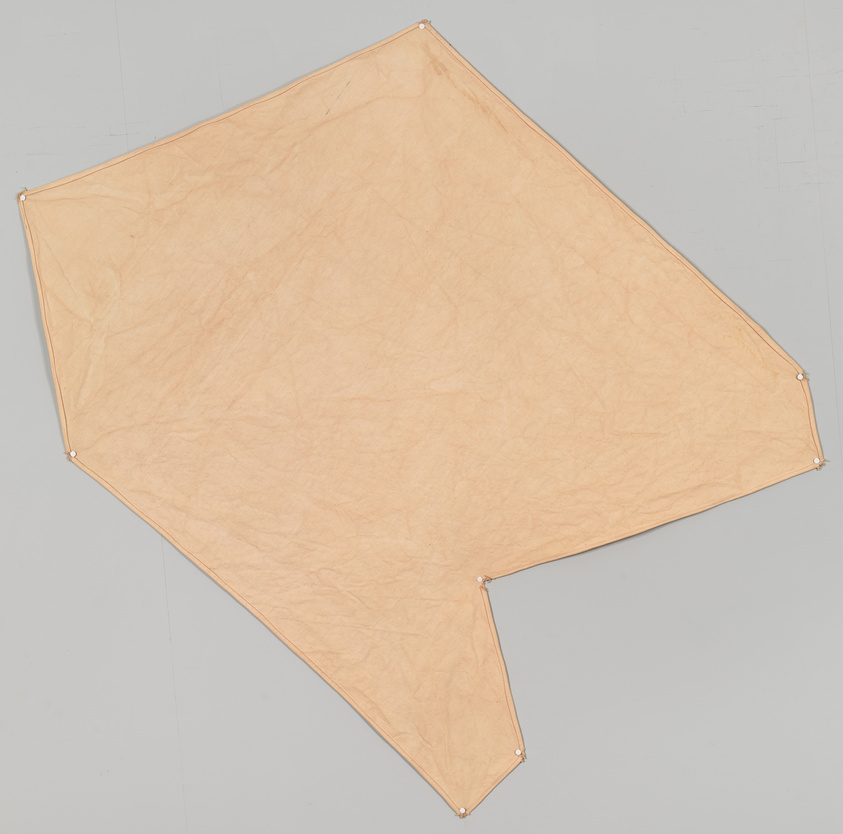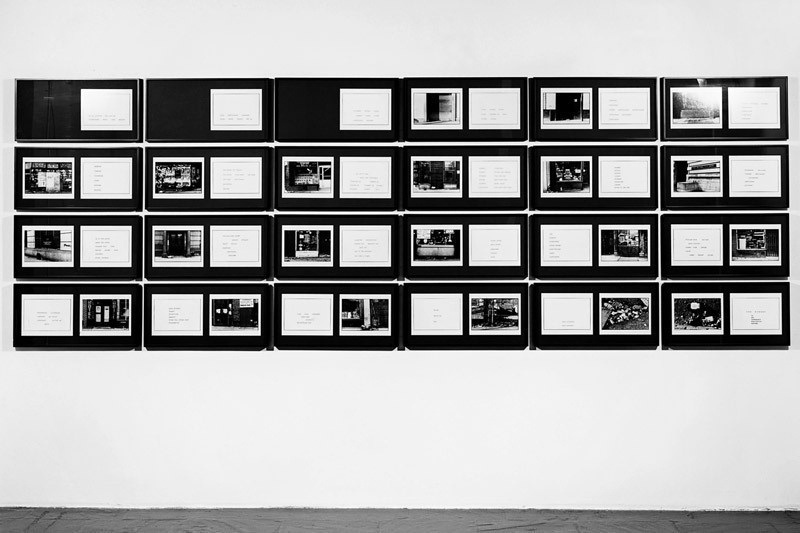Narrator: Richard Tuttle’s cloth pieces—like Gray Extended Seven—are made of canvas. But they’re different from traditional paintings in a number of ways. Painters stretch canvas over wooden bars to keep it taut, and then prime it with a base coat in order to make the surface smooth. The canvas acts as a support—as a painting’s background, something we don’t usually give much thought. By contrast, Tuttle has worked with the material qualities of the canvas itself. He dyed the cloth, instead of painting it—so the work gets its texture from the wrinkles in the fabric, and from irregularities in the way the cloth absorbs the dye. And instead of then stretching the canvas, Tuttle has hemmed it so that it drapes easily on the wall—or on the floor. He does not dictate how or where the work should be installed, or even which side should be facing outward.
Richard Tuttle: Some people characterize my work as a visual poetry.
Narrator: Richard Tuttle.
Richard Tuttle: And when it comes to: "Well, is it painting? Is it sculpture? Is it drawing? Is it big? Or is it small? Which kind of bore me, I come and say, well, why can't someone just simply make something. I mean, it doesn't matter if it's on paper, or out of concrete, or what have you. It's the fact that something is made where there had been nothing before.



